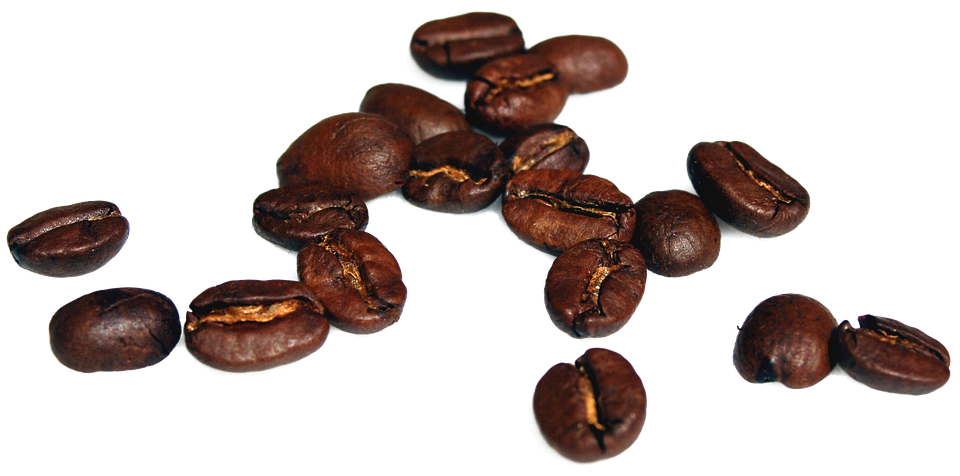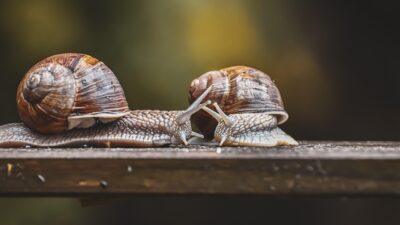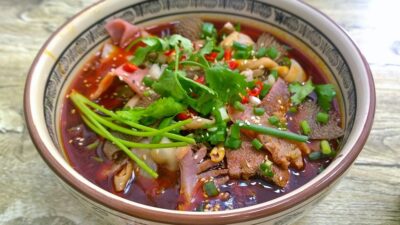From Oven to Table: Mastering the Roasting Technique
Roasting is a cooking method that transforms simple ingredients into flavorful masterpieces by harnessing the power of dry heat. This technique enhances the natural sweetness of vegetables, caramelizes the exterior of meats, and infuses dishes with a roasted depth that is hard to replicate. Whether you’re preparing a hearty roast chicken, a medley of seasonal vegetables, or a succulent leg of lamb, mastering the art of roasting opens up a world of culinary possibilities. Here’s how to perfect this technique and elevate your home cooking.
Understanding Roasting
Roasting involves cooking food evenly in an oven, using dry heat at high temperatures. This method allows for the Maillard reaction — the chemical reaction between amino acids and sugars that gives roasted food its golden-brown crust and complex flavors. The ideal roasting temperature typically ranges from 375°F to 450°F (190°C to 232°C), depending on the ingredient.
Choosing Your Ingredients
-
Meats: Good options for roasting include chicken, turkey, beef, pork, and lamb. When selecting meat, look for cuts with some fat for added flavor and moisture.
-
Vegetables: Root vegetables like carrots, potatoes, and beets are excellent for roasting. You can also include cruciferous vegetables such as Brussels sprouts and cauliflower, which develop a delicious caramelization when roasted.
- Fruits: Surprising yet delightful, fruits such as apples, pears, and peaches can also be roasted. They make a perfect accompaniment to meats or can be served as a warm dessert.
Essential Tools
To achieve the best results when roasting, consider investing in the following tools:
-
Roasting Pan: A sturdy, high-quality roasting pan is essential. Opt for one with low sides to allow for proper air circulation.
-
Meat Thermometer: To ensure your meat is cooked to the perfect temperature, a meat thermometer is invaluable.
- Heavy-Duty Baking Sheet: Ideal for roasting vegetables, a solid baking sheet can withstand high temperatures and distribute heat evenly.
Step-by-Step Roasting Technique
-
Preparation: Preheat your oven to the desired temperature. For meats, remove them from the refrigerator at least 30 minutes before cooking to ensure even cooking.
-
Season Generously: Season your ingredients well with salt, pepper, and any herbs or spices of your choice. A marinade or rub can also add extra flavor to meats.
-
Arrange Properly: For meats, place on a rack in the roasting pan to allow air to circulate. For vegetables, spread them out in a single layer on a baking sheet for even roasting.
-
Roast: Place your dish in the preheated oven. Cooking times vary based on the size and type of the food being roasted. As general guideline:
- Chicken: 20 minutes per pound
- Beef (medium rare): 20 minutes per pound
- Vegetables: 20-30 minutes, tossing halfway through
-
Check for Doneness: Use a meat thermometer for meats, aiming for 165°F (74°C) for poultry, 145°F (63°C) for pork, and 135°F (57°C) for beef (medium rare). For vegetables, they should be tender and caramelized.
- Rest: Allow meats to rest for at least 15 minutes before carving. This helps the juices redistribute, resulting in a more flavorful bite.
Roasting Tips
-
Don’t Crowd the Pan: To avoid steaming instead of roasting, ensure there’s space between ingredients for heat circulation.
-
Experiment with Flavors: Add citrus zest, balsamic vinegar, or garlic to enhance the complexity of your dishes. Fresh herbs can elevate your roasting game; consider rosemary, thyme, or sage.
- Mix and Match: Roasting vegetables and meats together can create a symphony of flavors on the plate. Just ensure they have similar cooking times for best results.
Serving Suggestions
Once you’ve perfected your roast, consider how to present it:
-
Plating: Garnish with fresh herbs or a drizzle of good olive oil for a touch of freshness and visual appeal.
- Accompaniments: Pair your roasted dish with complementary sides like a bright salad, creamy mashed potatoes, or fluffy quinoa to create a well-rounded meal.
Conclusion
Mastering the roasting technique truly brings out the best in grains, vegetables, and proteins. With a little practice, you can transform ordinary ingredients into extraordinary meals. So preheat your oven, gather your favorite ingredients, and enjoy the delicious results of your roast, all from oven to table! Happy roasting!



